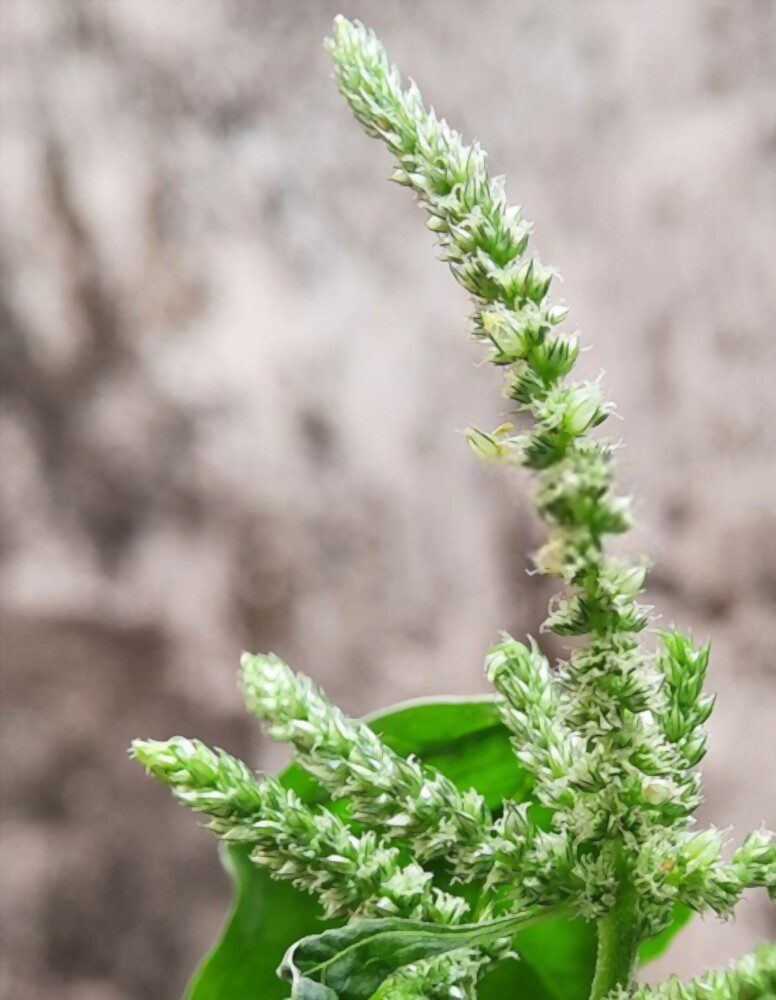Pigweed Allergy
Pigweed Allergy, also known as Lamb’s Quarters. It is a weed that produces heavy pollen and can cause asthma, conjunctivitis symptoms, and hay fever. During the summer months, pigweed pollen is most common.
Pigweed pollen is one of the most common causes of allergy in the United States. It is a very allergenic species, but ragweed in contrast is most allergenic and widespread. The symptoms of pigweed allergy vary from person to person and depend on the sensitivity of a person.
It is as important for a person to know about “pigweed” as about pigweed allergy. If you are one of them who have an allergic reaction to pigweed and want to learn about it. You are at the right spot, this article aims to help you with pigweed allergy and its all related topics.
What is Pigweed?
Pigweed is an annual herb. It usually grows throughout the world including, locales such as Europe, the United States, Brazil, Korea, Spain, Mozambique, Mexico, Hungary, Germany, Afghanistan, Africa, etc. in recently disturbed soil and agricultural fields. It can be found in crops, roadsides, nurseries, and other rural areas.
The plant grows to 10 feet tall. The leaves are dull green in color at the top of the plant. The flowers are close-packed and sometimes showy. Pollen shed and flowering occur at the same time.
The pollen grains look the same to observers conducting pollen counts through their microscopes. Common names for these plants are also used mutually depending on where you are in the country. Usually, the peak time for the sparse pollen shed is Late summer to autumn.
Pigweed Allergy Symptoms
The Pigweed family (Amaranthaceae) includes many subfamilies (palmer amaranth, Amaranthus retroflexus) and over 500 species, including Common Pigweed, Prostrate Pigweed, Powell Amaranth, and Tumble Pigweed, the most common of these being Common Pigweed.
These are annual plants that grow from seeds from late winter through summer. Common pigweed allergy symptoms can be similar to many other grass pollen allergies. The symptoms include:
- Sneezing
- Runny nose
- Nasal congestion
- Itchy throat and eyes
- Watery eyes or allergic conjunctivitis
- Wheezing
- Hay Fever (allergic rhinitis)
- Cough
- Blocked sinuses
- Extreme tiredness
If you’re allergic to common pigweed and have asthma, the weed pollen may trigger or worsen allergic asthma symptoms, such as coughing and wheezing.


Food to Avoid
There are various foods that have proteins similar to those found in pigweed pollen. These proteins can cause cross-reactivity in people who are sensitive to pigweed. OAS or oral allergy syndrome can occur in case of cross-reactivity to pigweed.
People with an allergy to pigweed may have OAS after consuming the following foods. You need to avoid the following foods:
If after consuming these foods any severe allergic reaction occurs, seek immediate medical attention.
Diagnosis and Testing
Your doctor can usually diagnose a pigweed allergy. However, they may you refer to an allergist (an allergy specialist) for allergy testing to confirm the diagnosis. Someone, who specializes in diagnosing and treating allergies is called Allergist.
The allergist will first ask you about your symptoms and medical history. Make sure to tell your allergist if the symptoms are always present or at certain times of the year. Your allergist will perform a skin prick test (SPT) or specific IgE blood test to find out the specific allergen that is causing your symptoms.


During this test, the allergist will insert a small number of different types of allergens after pricking different areas of the skin. Within 15 to 20 minutes, if you have an allergic reaction to any of the substances you will develop swelling, redness, and itchiness at the site.
Your allergist may also perform a blood test. In this test, your allergist will take a blood sample and send it to the laboratory
Pigweed Allergy Treatment
As with other allergies, avoidance of relevant allergens is the best treatment. However, it is very difficult to avoid them because they are everywhere. If you are looking to treat your allergy symptoms with medications, there are several options available.
In severe allergy reactions, allergy shots are given to eliminate the presence of allergy. You can take allergy shots at home after the permission of your allergist. Check your allergy shots dosage chart or schedule here. You can minimize your exposure to pollen by:
- Wear a pollen mask whenever you go outside
- Limit time outside when pollen counts are high and check local pollen counts daily
- The best time to go outside is after a good rain because rain helps to clear pollen
- Keep the window closed during high pollen count
- Wash bedding at least twice a week in hot and soapy water
- Dry all clothes in a dryer instead of drying them outside
- Use certified asthma and allergy air filters.
Conclusion
Pigweed is an annual herb and is also known as Lamb Quarters. In the United States, after ragweed, pigweed is the most common cause of allergy. It has heavy pollen which is the main cause of pigweed allergy in most sensitive people.
The symptoms of this allergy are similar to that of other pollen allergies. If you are experiencing allergy symptoms, immediately contact your doctor before they worsen. He will give you some over-the-counter medication and advice after your diagnosis or testing.
Do not hesitate to contact us if you have any additional questions regarding this topic. AllergiesInfo is always willing for your guidance and help. Stay Healthy!
Frequently asked questions / FAQs
Here are some questions that people frequently asked about pigweed allergies.
Can I be allergic to pigweed?
As pigweed allergy symptoms are similar to other pollen allergies, therefore, you will be allergic to it if you have any allergic reaction to pollens. The common symptoms are Sneezing, Runny nose, Nasal congestion, Itchy throat, and eyes
Watery eyes, Wheezing, Hay Fever, Cough.
Foods related to Pigweed
Common foods related to common pigweed include hazelnut, melon, watermelon, persimmon, banana, tomato, citrus, pineapple, zucchini, peanut, and many more.








Leave a Comment